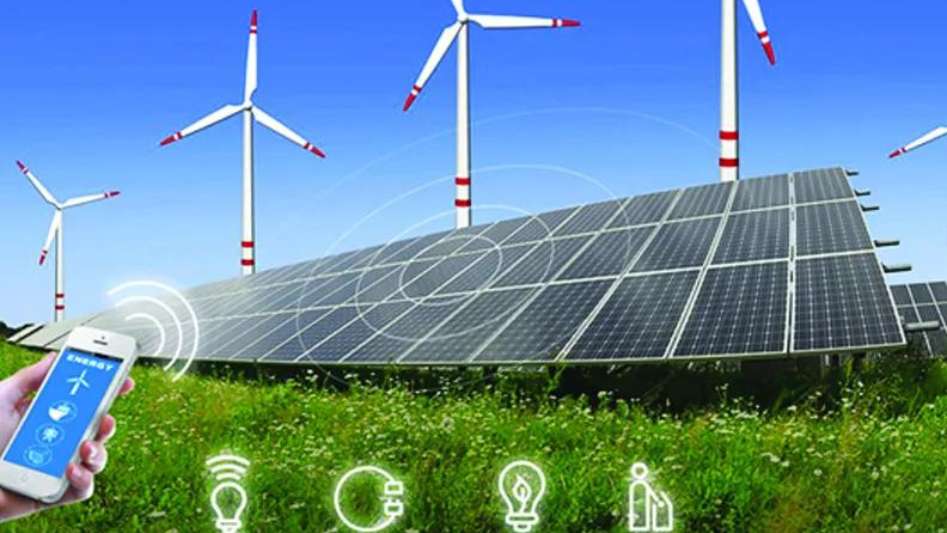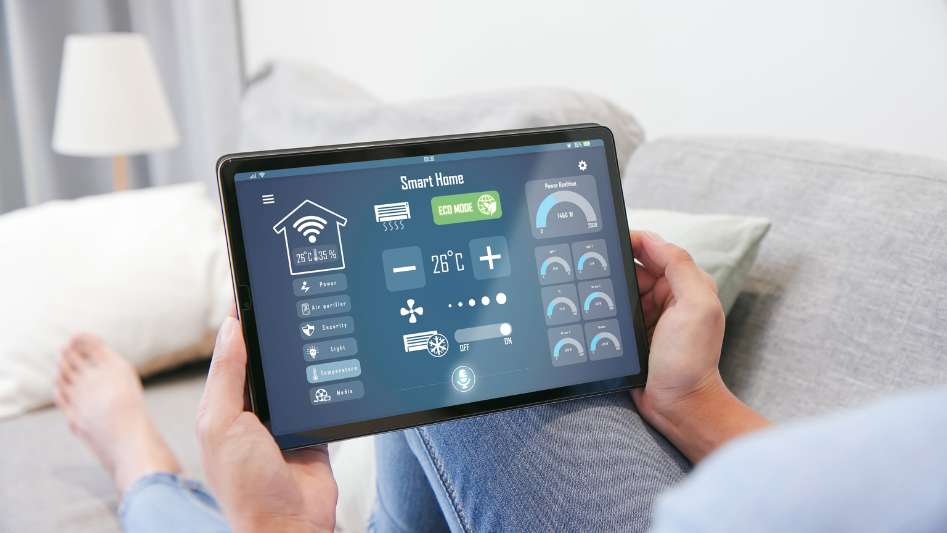Discover how wind energy is becoming a major player in IoT applications. Learn about the rise of wind energy for powering connected devices and its future impact on sustainable energy.
Table Of Content
Introduction to Wind Energy for IoT Applications
The Internet of Things (IoT) has revolutionized the way we live and work, with billions of connected devices communicating and exchanging data in real-time. However, powering these devices has become a significant challenge, with traditional sources of energy proving to be insufficient and environmentally damaging. Wind energy, on the other hand, offers a clean, renewable, and scalable solution for IoT applications.
We invite you to read: “Martian Wind Energy: A Science Fiction Look at the Possibility of Wind Turbines on Mars”
The Growing Demand for Clean Energy in IoT
As the IoT continues to grow, the demand for clean energy sources has increased. This is due to the high energy consumption of IoT devices, which require constant power to function. The use of traditional energy sources such as fossil fuels and non-renewable batteries is not sustainable, and has significant environmental impacts. Wind energy, on the other hand, is an abundant, renewable, and clean source of energy that can be harnessed to power IoT devices.
How Wind Energy Can Power IoT Devices
Wind energy can be harnessed using wind turbines, which convert the kinetic energy of the wind into electrical energy. This electrical energy can then be stored in batteries or used directly to power IoT devices. The use of wind energy in IoT applications provides a cost-effective and environmentally friendly solution, as it eliminates the need for traditional energy sources and reduces the carbon footprint of the devices.
Benefits of Using Wind Energy for IoT
Wind energy offers several benefits for IoT applications, including cost savings, increased energy independence, and a reduction in carbon emissions. By using wind energy, IoT devices can operate without relying on the traditional power grid, reducing the need for expensive and often unreliable energy sources. Additionally, wind energy is renewable and produces no harmful emissions, making it an environmentally friendly solution for IoT applications.
We invite you to read: “The Sky’s the Limit: Understanding the Potential of Kite Turbines for Wind Energy”
Real-World Examples of Wind Energy for IoT
There are numerous real-world examples of wind energy being used for IoT applications, including wind-powered sensor networks, wind-powered IoT devices in agriculture, and wind-powered IoT devices in remote locations. These applications demonstrate the practicality and feasibility of using wind energy for IoT, and the positive impact it can have on the environment and energy independence.
The Future of Wind Energy for IoT
The future of wind energy for IoT is bright, as the demand for clean energy sources continues to increase. Wind energy technology is advancing rapidly, making it more accessible and cost-effective for IoT applications. As the IoT continues to grow, wind energy will play an increasingly important role in powering these devices and reducing the carbon footprint of the technology.
Conclusion
Wind energy is an important solution for powering IoT devices, providing a clean, renewable, and cost-effective alternative to traditional energy sources. With the increasing demand for clean energy and the rapid advancement of wind energy technology, the future of wind energy for IoT is bright and holds great potential for reducing carbon emissions and increasing energy independence.
We invite you to read: “Unlocking the Benefits of Wind Energy: Why Going Higher is Better”

What is wind energy?
Wind energy is the energy generated by the movement of air, or wind, which is converted into electrical energy using wind turbines.
Why is wind energy important for IoT applications?
Wind energy is important for IoT applications because it provides a clean, renewable, and cost-effective solution for powering IoT devices, reducing the need for traditional energy sources and reducing carbon emissions.
What makes wind energy suitable for IoT applications?
Wind energy is renewable, abundant and cost-effective, making it an ideal power source for IoT devices that require stable, long-lasting energy sources. Additionally, wind turbines can be strategically placed in remote areas where traditional power sources may not be available.
How does wind energy help with reducing the carbon footprint in IoT applications?
Wind energy is a clean and sustainable power source that produces zero greenhouse gas emissions, making it an environmentally friendly option for powering IoT devices. By reducing the reliance on fossil fuels, the use of wind energy in IoT applications helps to reduce the carbon footprint of the technology.
Are there any challenges in implementing wind energy in IoT applications?
The main challenge in implementing wind energy in IoT applications is ensuring that the wind turbine is positioned in an area with consistent and reliable wind speeds. In some cases, wind turbines may also need to be protected from harsh weather conditions and potential vandalism. Additionally, the cost of wind turbines and installation can also be a barrier for some IoT applications.
You May Also Like
- Why Wind Energy is an Essential Part of the Renewable Energy Mix
- DIY: Wind Energy Set Up and Maintenance
- Onshore Versus Offshore Wind Energy: Pros & Cons
- Massive Support For Onshore Wind Energy Projects In The UK
- Google Buys 43MW of Wind Energy While Saving Birds



